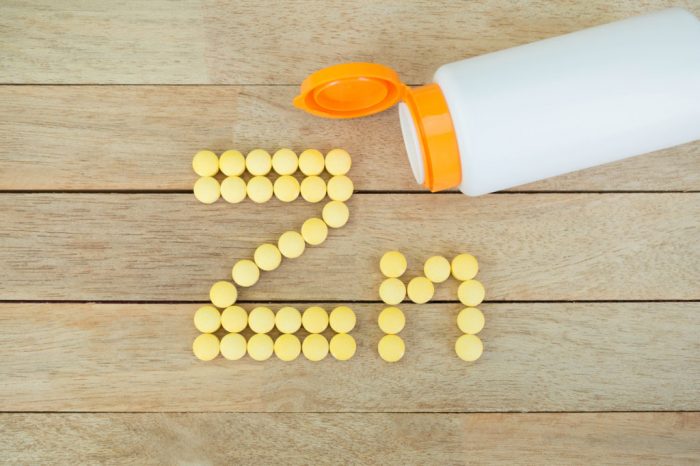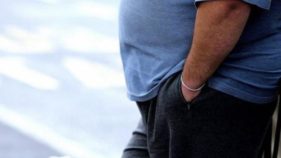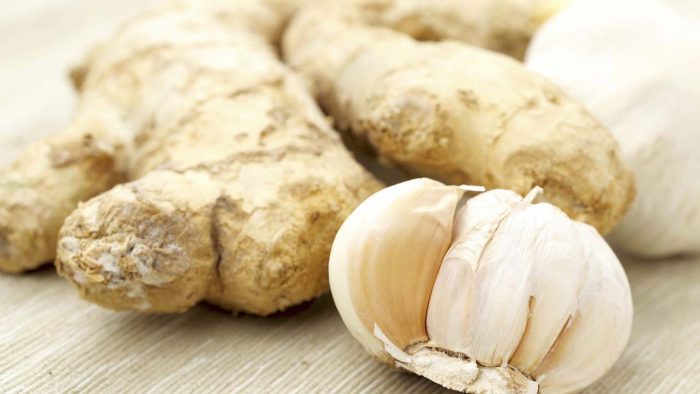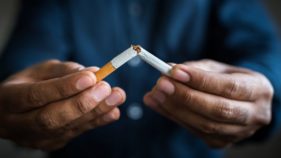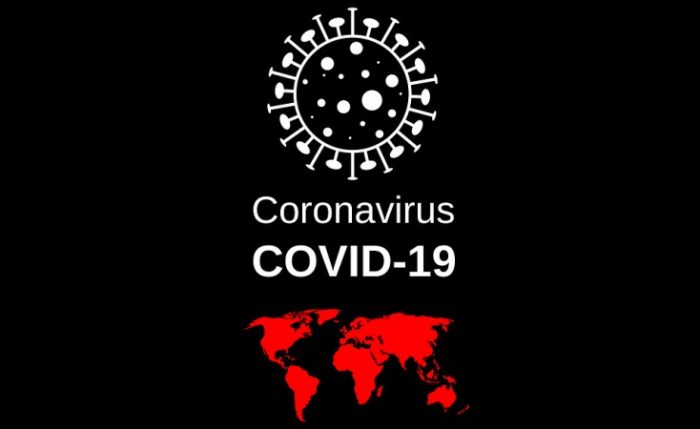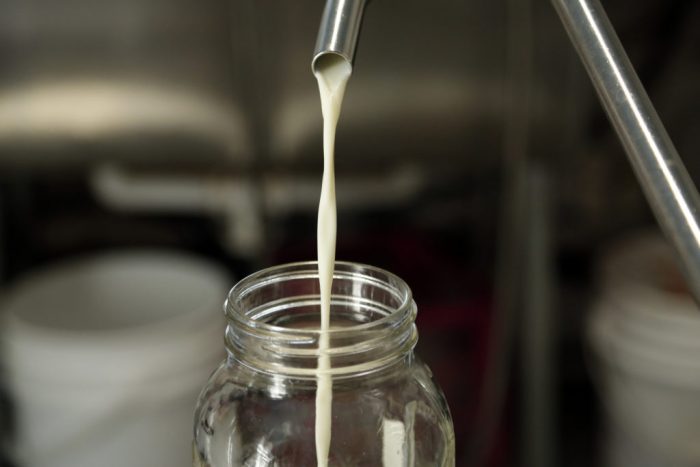A panic attack is a sudden, intense episode of overwhelming fear and anxiety. There are several ways to help a person who is having a panic attack. These include using grounding techniques and helping them get their breathing under control.
In this article, we discuss how to help someone during a panic attack. We cover grounding tips, early warning signs, and when to get help.
How to help someone during a panic attack
Due to the extreme nature of the symptoms, it is important to understand how to react when someone has a panic attack, as they may feel as though they are dying during an episode.
Certain strategies and methods can help alleviate panic, ease the situation, and even stop the symptoms from getting worse. The ways a person can help include:
Remaining calm
Panic attacks are unpredictable and happen for different reasons. Among those who experience panic attacks, some may only have a couple of attacks in their lifetime, while others have recurrent attacks. One 2016 report shows that most people who have one panic attack will likely have more.
As panic attacks come without warning, they can be very scary, and it is important for everyone else to stay calm. A panicked response can make the situation worse.
Symptoms of a panic attack typically reach peak intensity in 10 minutes. So it is important that people act quickly to help alleviate the symptoms where possible.
Making conversation and positive affirmations
What a person says in response to someone having a panic attack is just as important as what they do. Engaging in conversation can distract from the extreme symptoms and help the person regulate their breathing. It is important to ask whether a person requires help rather than just assuming that they do. Here are some guidelines on what to say and do:
- Ask questions: Introduce yourself and ask if the person needs help. If so, ask them if they think that they are having a panic attack and whether they have had one before. This prompt may remind them about previous attacks and how they recovered.
- Stay or go: Let the person know that they do not have to stay where they are. Leaving a certain situation can take the pressure off someone having a panic attack. Find out what makes them feel most comfortable.
- Kind words: Staying positive and nonjudgmental is important. Help the person understand that you are there to assist them, they are safe, and they are going to get through this. Remind them that the panic attack is only temporary.
- Have a friendly conversation: An engaging chat can help distract a person from their symptoms. If you are a friend, gently bring up a topic that they are interested in to help them think of something else.
Suggesting grounding techniques
When a person has lost control of themselves and their surroundings, grounding techniques can help them come back to the present moment. These techniques include:
- Sitting down: Relaxing in a comfortable chair sounds simple, but it can be extremely effective. With the feet comfortably on the floor, a person should focus on breathing in and out slowly and how it feels sitting on the chair.
- The 5-4-3-2-1 technique: Focusing on other things in the room and different senses can distract the person from the panic attack. They can focus on identifying five items to see, four objects to touch, three noises to hear, two different smells, and one taste.
- Simple maths: Counting from one to 10 out of order or performing simple mathematical calculations, such as times tables, provides something else on which to concentrate.
- Focus: Ask the person what day of the week it is, who they are with, and where they are.
Providing ongoing help
Some people may feel embarrassed about having a panic attack, as well as finding it stressful. Continuing support and engagement will help ease their anxiety. Reach out by checking in now and again. Finding out more about the condition may also help if the situation happens again.
How to help someone breathe during a panic attack
When a person is experiencing a panic attack, it is important that they get their breathing under control. Someone trying to help should not give them a paper bag to inhale and exhale from, as this could make them pass out.
Instead, it is better not to bring attention to their breathing and to keep calm and breath normally so that they can mirror this pattern. This method should hopefully get their breathing back under control.
What not to do when someone is having a panic attack
Helping someone who is having a panic attack can be very stressful, so it is important that a person is mindful of what actions could make a panic attack worse.
Actions that could make a panic attack worse include:
- Saying “calm down”: While getting a person to talk is vital, phrases such as “calm down,” “don’t worry,” and “try to relax” could make the symptoms worse.
- Becoming irritated: Remain patient to help a person deal with a panic attack and do not belittle their experience. The focus should be on them, for however long it takes the symptoms to pass.
- Making assumptions: Always ask a person what help they need, rather than assuming or guessing the correct advice.
Warning signs and when to get help
While a panic attack can happen very suddenly, the person will often experience warning signs. These may include:
- shortness of breath
- feelings of terror or dread
- shaking and dizziness
- heart palpitations
- feeling as though they are dying
Someone having a panic attack may not feel comfortable asking for help. However, the symptoms could last for hours with one panic attack rolling into another, so a person should get medical assistance if they feel that it is necessary.
Pain in the arms or shoulders is also a concern, as the symptoms of a heart attack and panic attack can be similar. If a person has not had a panic attack before, has chest pain, and is vomiting, dial 911 immediately.
Learn more about the differences between a heart attack and a panic attack here.
People who frequently have panic attacks may wish to consider joining a support group or, if possible, relying more on family members and friends to help prevent panic attacks from reoccurring.
Panic attack symptoms
Panic attacks can start without warning, and they can be frightening. An attack can happen when a person is relaxed or even asleep. While the symptoms vary, common ones include:
- rapid heart rate
- sweating, trembling, or shaking
- shortness of breath
- feeling sick or nauseated
- a loss of control
- sense of impending danger
- chest pain and stomach cramps
- lightheadedness or faintness
People who have panic attacks may receive a diagnosis of panic disorder. According to the Anxiety and Depression Association of America, statistics show that panic disorder affects about 6 million adults in the United States, or 2.7% of the population.
Summary
Panic attacks are scary for everyone involved, especially when they happen suddenly.
As the person’s stress levels rise, it is essential for others to stay calm and empathetic. How they respond to the person experiencing the attack can influence its severity.
If a person is experiencing other symptoms, such as nausea and vomiting, they may be having a heart attack. In this case, it is essential to dial 911 immediately.



